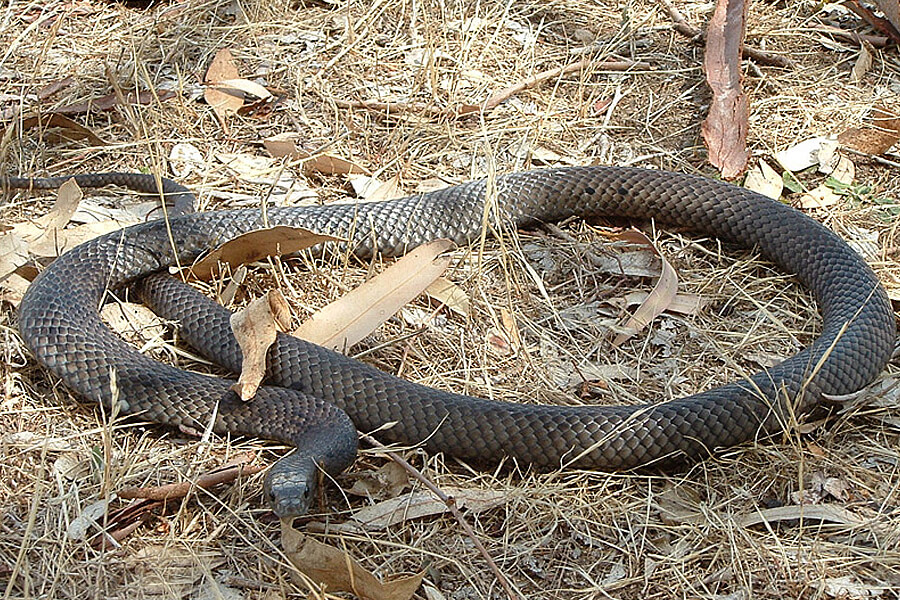Introduction
Snake attacks are a serious medical emergency that can happen in different environments, specifically in regions where snakes are prevalent. In Australia alone, there are numerous varieties of venomous serpents such as the Tiger Serpent, Eastern Death Adder Brown Snake, and King Brown Snake. Recognizing how to effectively take care of snake bites is necessary for any person who hangs out outdoors or lives in rural areas. This post will certainly discover thorough emergency treatment monitoring strategies for serpent bites and describe best practices for replying to these incidents.
First Aid Management of Serpent Bites: Best Practices for each Situation
When handling a snake bite, the initial feedback can considerably affect the victim's result. Immediate action is essential since quick medical treatment usually identifies the extent of injury or survival rate. Here are vital first aid concepts to keep in mind:
Stay Calm: The first step in taking care of a serpent bite is to remain tranquil. Panic can raise heart rates and raise the spread of poison throughout the body. Call for Help: Dial emergency situation services immediately. Offer them with your location and any type of details about the serpent if possible. Keep the Sufferer Still: Motivate the sufferer to remain as still as possible. Motion can boost blood circulation, speeding up poison absorption into the bloodstream. Positioning: If feasible, position the affected arm or leg at or below heart level. This positioning helps slow down venom spread. Remove Limited Clothing: Loosen any type of clothing or precious jewelry around the bite website; swelling might occur quickly after a serpent bite. Do Not Apply Ice/Cold Packs: As opposed to common belief, applying ice can intensify cells damage and need to be avoided.Understanding Serpent Species and Their Habitats
Tiger Snakes and Their Habitat
Tiger serpents Risk Factors (Notechis scutatus) are amongst Australia's many infamous venomous snakes due to their hostile nature and potent venom.
- Habitat: They generally occupy coastal areas, wetlands, and locations with thick plants like marshes and swamps. Risks: Recognition of regional tiger serpent environments can decrease the risk of encountering one unexpectedly.
Eastern Brown Snakes: A Significant Threat
The Eastern Brown Serpent (Pseudonaja textilis) is another very venomous types discovered throughout eastern Australia.
- Habitat: This snake prospers in urban areas, agricultural lands, and grasslands. Behavior: Recognized for its fast strikes when intimidated, understanding its habits might aid alleviate encounters.
Recognizing Symptoms of Snake Bites
Identifying symptoms at an early stage can boost possibilities of efficient therapy:
Local Symptoms:- Pain and swelling around the bite site Discoloration or bruising
- Nausea or vomiting Difficulty breathing Signs of shock (e.g., light skin, fast heart beat)
First Aid Protocols for Details Serpent Bites
First Aid for Tiger Snake Bite
In instance of a tiger snake bite:
Stay tranquility; maintain still. Call emergency services immediately. Immobilize the affected arm or leg making use of a splint if available. Do not attempt to draw out poison or use ice.First Aid for Eastern Brown Serpent Bite
For an eastern brown serpent bite:

Creating Your Snake Bite Emergency Treatment Kit
A well-prepared emergency treatment set can make all the difference throughout emergencies:

|Product|Purpose|| -------------------------------|---------------------------------------------------|| Compression plasters|To immobilize limbs|| Sterile gauze|To cover injuries|| Antihistamines|For allergies|| Emergency contact numbers|Quick gain access to during crises|| Instruction manual|Detailed advice on managing emergencies|
What Should You Never ever Do When Treating a Serpent Bite?
Here's a list of common mistakes when treating snake bites:
Do not use tourniquets; they can cause more damage than good. Avoid cutting into or attempting to draw out poison from the wound. Never supply alcohol or stimulants to targets as it could intensify their condition.FAQs About First Aid Monitoring of Serpent Bites
1. What should I do if I see a snake?
Stay calmness and back away gradually without sudden movements.
2. How do I determine if a snake is venomous?
Research local species' characteristics; many have unique color patterns or markings.
3. Can I utilize ice on a serpent bite?
No, using ice can raise tissue damage.
4. How much time do I have after being bitten before seeking medical attention?
Seek medical attention promptly-- time is crucial with venomous bites!

5. Is it risk-free to drive myself to the health center after a bite?
No! It's eastern tiger snake dangerous as signs may get worse en course; wait on expert help.
6. Are all snakes in Australia dangerous?
No! While Australia has lots of hazardous serpents, there are likewise non-venomous varieties that present no threat.
Conclusion
The first aid management of snake attacks requires punctual action incorporated with knowledge regarding local varieties' actions and habitats like those of tiger serpents and eastern brown serpents in Australia. By complying with finest techniques outlined above-- such as staying calmness, calling emergency services without delay, and recognizing what not to do-- you considerably enhance survival opportunities after such mishaps occur.
Equipping yourself with knowledge regarding different sorts of snakes in your area and preparing a suitable emergency treatment package will certainly ensure you prepare should an experience develop-- making you better prepared to manage this potentially lethal situation effectively!